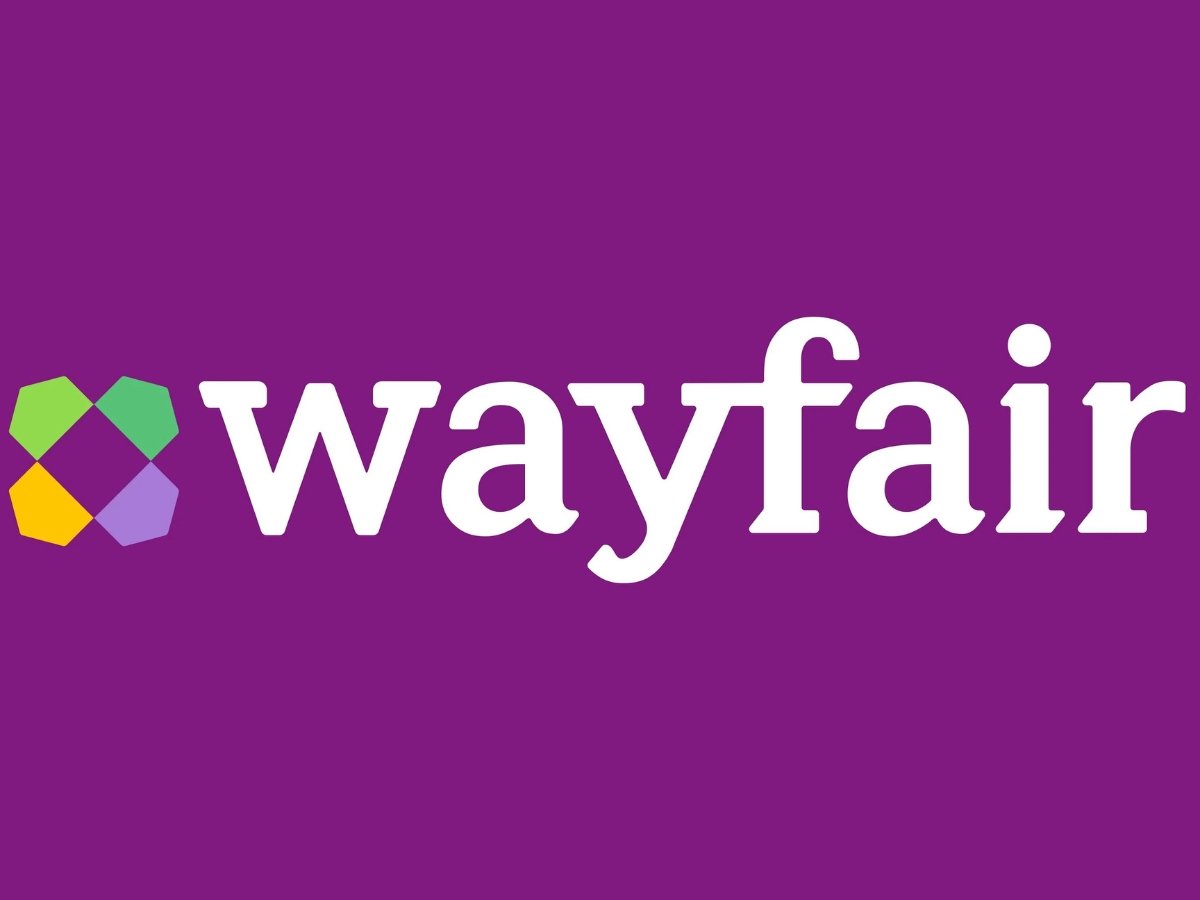In a strategic move to realign its operational focus, Wayfair, a renowned e-commerce furniture retailer, has announced a significant workforce reduction. This decision will see the company lay off about 13% of its workforce, which translates to approximately 1,650 jobs. This initiative is not just a cost-cutting measure but also a part of Wayfair’s broader strategy to streamline its business structure and enhance operational efficiency.
Financial Implications and Strategic Shift
The layoffs are expected to incur costs between $70 million to $80 million, mainly associated with severance and benefits. These expenses are anticipated to be predominantly accounted for in the first quarter of 2024. However, this move is projected to save Wayfair over $280 million annually, marking a substantial financial turnaround for the company.
Wayfair is reducing its headcount by 1,650 employees pic.twitter.com/Q1gZ0rGDPb
— Warn Tracker 2.0 (@j77324) January 19, 2024
Wayfair’s CEO, Niraj Shah, has emphasized the importance of these layoffs in strengthening the company’s Adjusted EBITDA roadmap. Shah highlights a keen focus on generating Adjusted EBITDA that exceeds equity-based compensation and capital expenditures. This strategy underscores Wayfair’s commitment to maximizing Free Cash Flow while maintaining a stringent control over total share count.
Read: Salesforce’s Alleged Hiring Freeze: The Truth Behind Conflicting Reports
Contextual Background
Wayfair’s decision comes in the backdrop of significant hiring during the Covid-19 pandemic, a period when the company saw a surge in business due to increased consumer spending on home furnishings. However, the post-pandemic period has been challenging, with persistent category weakness and a tough revenue growth environment, leading to the company scaling back its workforce. This layoff is the third such instance since the summer of 2022, reflecting a continuous adjustment to the changing market dynamics.
Market Reaction
Following the announcement, Wayfair’s stock witnessed a notable increase, climbing 14.1% on the morning of the news. This positive investor response is indicative of the market’s approval of Wayfair’s strategic realignment and its potential to enhance profitability and shareholder value in the long run.
Broader Industry Perspective
The retail sector, particularly e-commerce, has been facing various challenges, including slowing demand and an uncertain economic outlook. Several other retailers, such as Hasbro, Etsy, and Macy’s, have also announced workforce reductions recently, indicating a broader industry trend towards cost optimization and operational efficiency.
Looking Ahead
Despite the immediate impact of the layoffs, Wayfair remains optimistic about its future. The company views this restructuring as a proactive measure to return to its core operational structure. Wayfair’s recent decision to sell its mobile app business to Cart.com for $25 million is another step towards focusing on its primary e-commerce platform, further indicating a strategic shift towards its core competencies in furniture, home decor, and housewares.







